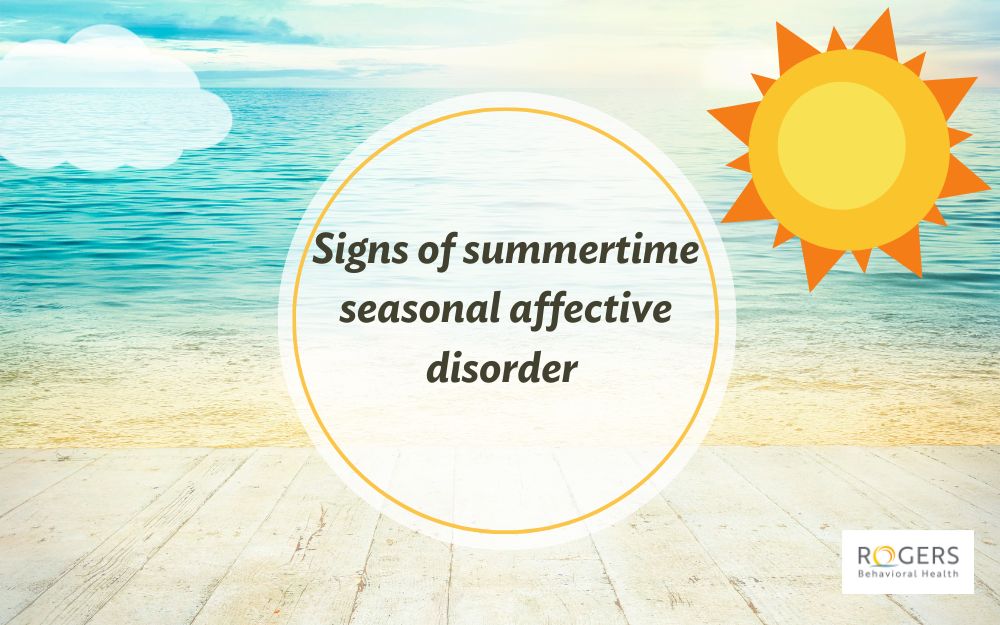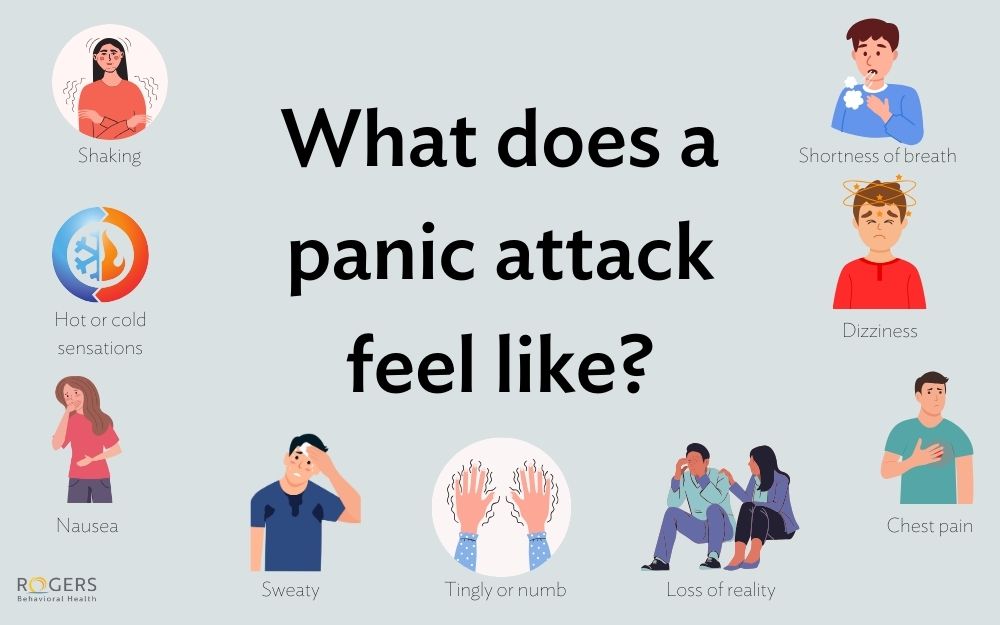Summer blues: Symptoms of seasonal affective disorder
Posted on 05/24/24 10:04:am
Share this article:
By Tyler Rickers, DO, psychiatrist, medical director, Focus Depression Recovery Adult Residential Care, and OCD, Anxiety, and Depression Center Adult Residential Care, Oconomowoc
What is seasonal affective disorder?
Seasonal affective disorder (SAD) is a recurring pattern of changes in mood – typically a lowering of mood associated with a change in seasons. We usually think about it during the winter months and in northern climates where the weather is colder and there’s less sunlight. But there's also a reverse seasonal affective disorder which can occur toward the end of summer. Summer blues, as some people refer to it, is far less common and estimates are anywhere from 1% to 5% of seasonal affective disorders are summer blues.
Why do people experience seasonal affective disorder in the summer?
It’s not related to vitamin D or the amount of light we get, which is associated with SAD during the winter months. There are many reasons people may have summer blues. With Fall approaching, people have more responsibilities and more stress. School patterns also play a role. People can feel regret about the things they didn’t do over the summer, and anxiety about what’s ahead, like going back to school, going to a new school, or going to college. We've been trained since kindergarten that we get to have fun all summer, and the change in season can be viewed as a letdown.
Women and people under 30 are also more likely to experience the summer blues.
What are symptoms of seasonal affective disorder and how it does differ from depression?
Symptoms of SAD differ in winter and summer. During the winter, people tend to sleep and eat more, and isolate. People who have the summer blues typically struggle with sleeping and feeling anxious. They can also experience an increase in irritability.
I would be concerned about depression if symptoms last for more than two weeks, there are significant sleep disturbances, decreased energy and concentration, lack of desire to do normal activities, and most importantly, suicidal ideation.
What can a person do to prevent seasonal affective disorder
If you know you’re prone to experiencing a decrease in mood with a change in seasons, I recommend planning ahead. Don’t try to tough it out. Talk about your struggles. If you’re seeing a therapist, increase your sessions, especially as the change of seasons approaches. If you’re not getting treatment, consider a program that could help you gain skills to manage your symptoms. Surround yourself with support and love. Don’t isolate. Make sure you're taking care of the basic things, like sleep, exercise, and eating well. Don't forget about taking your vitamins or staying consistent with medications if you’re taking any to help manage your mood.
How Rogers can help
We are here to help if you or a loved one is struggling with mental health or addiction challenges. Rogers offers multiple levels of care, including outpatient psychiatric care and medication management. Call 800-767-4411 for a free, confidential screening.



